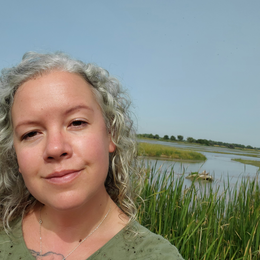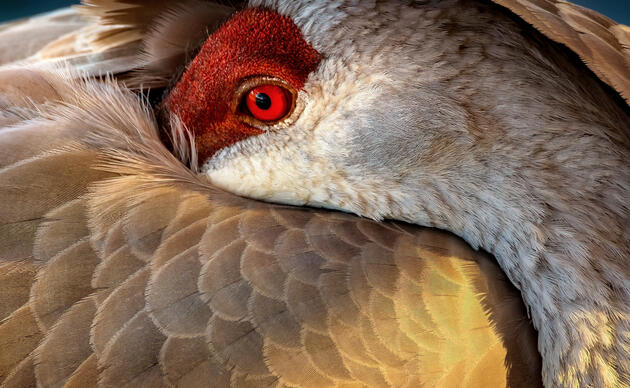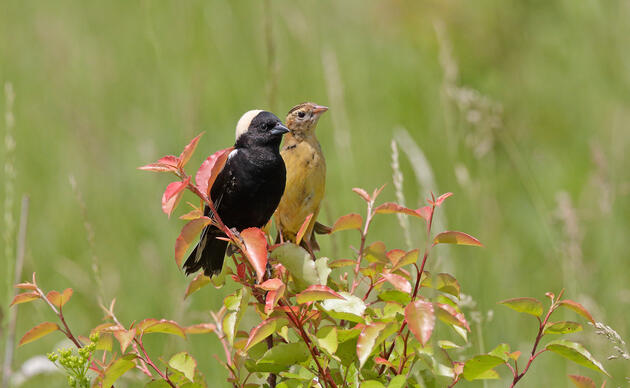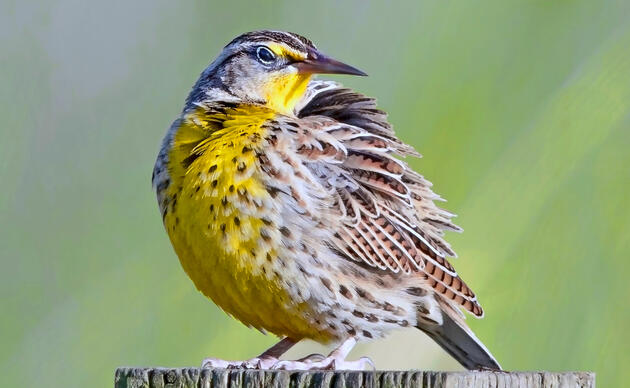In the spirit of collaboration, learning, and shared purpose, Audubon Great Plains, in partnership with conservation organizations across Colorado and Nebraska, recently hosted the second installment of the Platte River Knowledge Exchange—an event spread across two years and two states that was designed to foster cross-boundary cooperation and deeper ecological understanding along one of the Central Flyway’s most important river systems.
The event brought together conservation non-profits, public land and water system managers, and university researchers from Colorado and Nebraska for two immersive field tours. The first explored the South Platte River’s water management and waterfowl habitat enhancement projects in northeastern Colorado in the spring of 2024, while the second occurred in the spring of 2025 and focused on the central Platte River in Nebraska, home to some of the most iconic riverine and wetland habitats in the region. Together, the tours provided participants with a living classroom to see how conservation challenges and successes differ—and connect—across the watershed.
The Platte River flows across political boundaries, but personal relationships and understanding of different approaches to conservation can be difficult to connect. Water use, habitat restoration, invasive species encroachment, and species recovery challenges inevitably affect conservation success both upstream and downstream, making it essential that ecological goals transcend state lines. In Colorado, conservationists prioritize grassland restoration and waterfowl production areas that support species like the Long-billed Curlew, Northern Harrier, and over 30 million ducks that migrate through this area every year. In Nebraska, the management focus shifts toward migratory birds such as the Sandhill Crane and Piping Plover, which depend on the Platte’s braided channels and wetlands. Yet, both regions are part of a single, interconnected system.
The Knowledge Exchange emphasized that effective conservation must occur at a landscape scale, with partners coordinating their efforts to benefit the River Basin as a whole. Participants discussed how aligning restoration priorities, sharing strategies and data, and understanding each other’s constraints can produce greater cumulative impact. Beyond the conservation science and strategy sharing, the event offered an opportunity for what organizational leaders call “double-loop learning.” Unlike single-loop learning—which focuses on solving immediate problems within existing assumptions—double-loop learning invites participants to question the underlying frameworks guiding their actions. It challenges people to ask why they do what they do, not just how to do it better.
For the Platte River Knowledge Exchange, this meant examining the cultural, economic, institutional, and political factors that shape conservation approaches. Participants reflected on how policies, funding mechanisms, and outreach efforts influence how collaboration takes shape in each reach of the River. By engaging in open dialogue and seeing each other’s landscapes firsthand, partners could identify not just technical fixes, but deeper opportunities for systemic improvement.
The event concluded with a shared sense of optimism for future efforts, responsibility to infuse on-the-ground conservation work with current research and understanding, and a sense of shared goals that transcend boundaries. The Platte River Knowledge Exchange reinforced that the future of the Platte River ecosystem depends on cross-boundary partnerships, adaptive thinking, and a commitment to learning together.
Through this collaborative spirit, Audubon Great Plains and its partners are helping ensure that the Platte River continues to sustain both people and birds—from its headwaters in Colorado to the braided river channel in central Nebraska—for generations to come.








